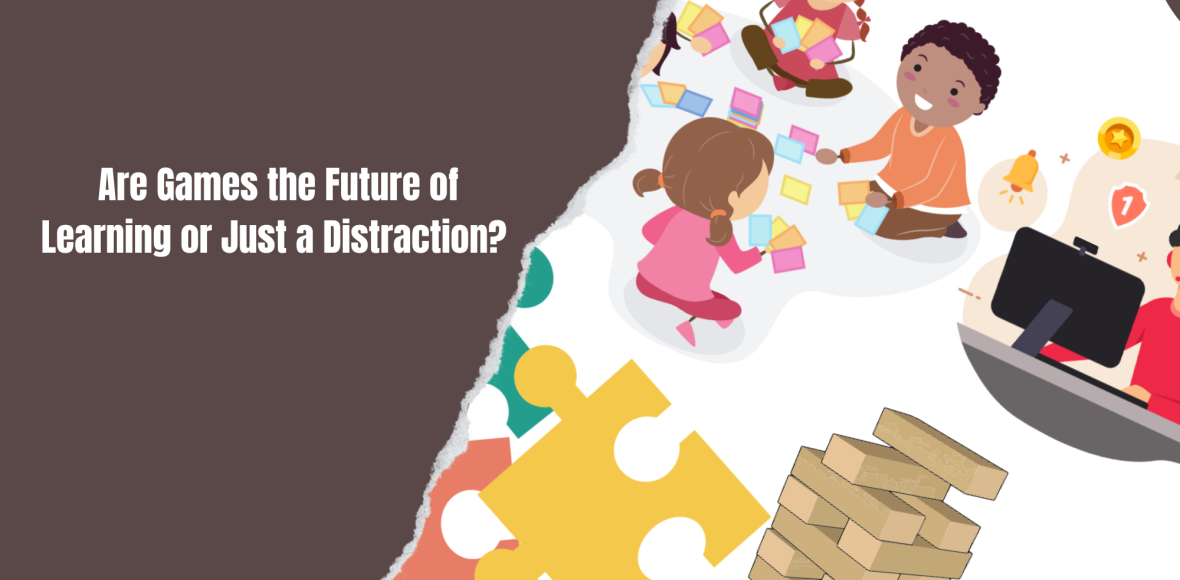
Games have been a popular form of entertainment for decades, but in recent years, they have also become a valuable tool for learning. The use of games in education has been shown to have a positive impact on learning outcomes, engagement, and motivation.
One of the main benefits of using games for learning is that they provide a fun and interactive way to engage with educational content. Games can be designed to teach a wide range of subjects, from math and science to history and language arts. By incorporating game elements such as challenges, rewards, and feedback, this can help learning for children to be more interactive and fun at the same time
Furthermore, another benefit of using games for learning is that they can help students develop important skills such as problem-solving, critical thinking, and collaboration. Games often require players to think creatively and strategically to overcome challenges, which can help them develop these skills in a fun and engaging way.
Research has also shown that games can have a positive impact on motivation and engagement. By providing immediate feedback and rewards, games can help students stay motivated and engaged in the learning process.
Despite the positivity that the games offer in education, it’s important to recognize that there is effective integration into a curriculum, which requires careful planning and implementation.
In conclusion the value of game’s in education extends far beyond mere entertainment, games can create a dynamic learning environment that inspire curiosity , foster creativity and cultivate essential skills for success in the 21st century . Games have the potential to be a powerful tool for learning. By incorporating game elements into educational content, educators can create a more engaging and effective learning experience for students.
Here are some of the games that children can use for learning.

Leave a Reply